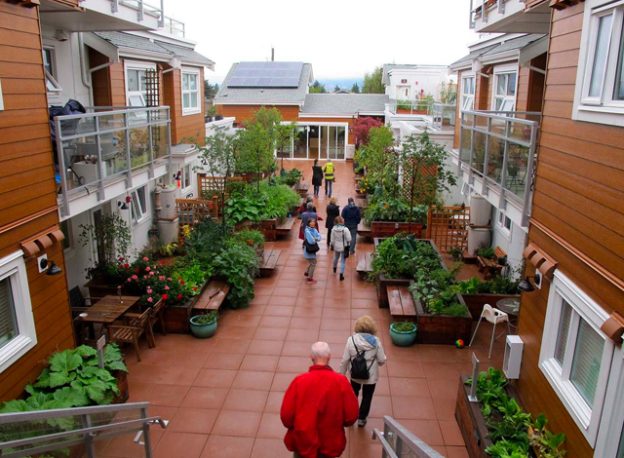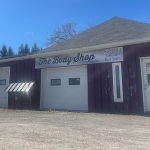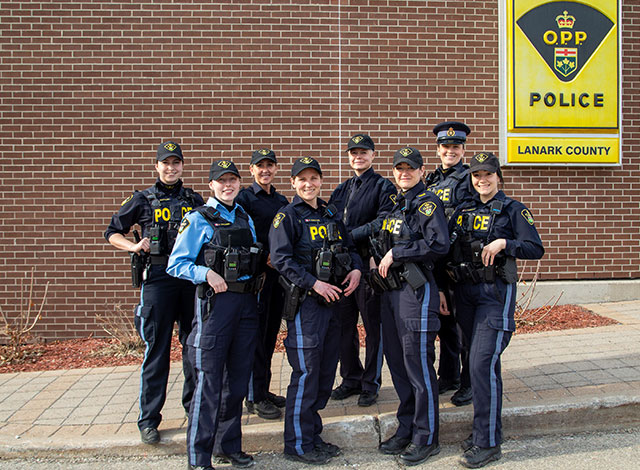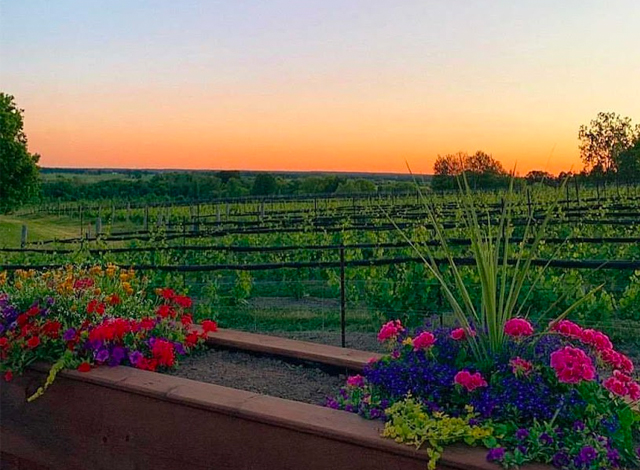It’s moving forward slowly…but it’s moving.
The hope is by 2026 Almonte will have a ‘done and finished’ cohousing development in town; Nancy Mucklow wants to be part of it.
She says she’ll be ready to head back from Windsor, Nova Scotia, and take up retirement years, as well as be closer to family. She adds, with a certain delight, that this particular cohousing project is “the only one in a town in Ontario. The rest are in cities… this one’s in a “sweet” town by a “sweet” river…really unique.
“Cohousing is usually very urban.”
So, what is cohousing? How is it different from an apartment building, a sorority house, a commune?
Cohousing isn’t co-living, says the Ottawa Cohousing website https://www.ottawacohousing.ca/what-and-why-cohouse.
“Everybody owns their own private home and co-owns the shared interior and exterior spaces, which are collectively maintained.”
Seniors live there, so do young families, families with babies and teenagers, millennials, maybe Gen Zers…anyone who takes an interest in “semi-communal housing consisting of a cluster of private homes and a shared community space.”
“Everybody owns their home,” Mucklow further explains, “…but with things in common like laundry rooms, kitchens, meeting rooms.” She gives, as an example, depending how routines are set up, someone might cook dinner and many could share.
Outside activities would be attacked in a similar way — not necessarily “mowing” she adds with some acerbity (maybe a particular bug-bear with her?) but keeping fit and healthy with baseball diamonds and garden plots.
When is this particular cohousing project getting underway?
“The group is still forming,” she says. “We’re looking for a piece of property.” When the property is found, the price can be figured out.
How is that done? She explains it this way: There are always permissions to get through and a lot of planning to get done. Once that’s complete and a formal decision is made on property then interested buyers can fill out an intake form. The form helps develop a budget — what possible owners can and can’t afford.
“We realize that young couples, families, and individuals often can’t make commitments to housing until closer to construction and move-in.
“But, even so, Fiddlehead Cohousing is actively looking for these individuals to join the project now. Their input influences decisions and makes sure the project includes what young families need.”
And that is “households of diverse ages, family sizes and background to create a future home — a multigenerational community.” Go to https://www.ottawacohousing.ca/town-cohousing for more information.
As for cost, the architect, says Mucklow, “knows what things cost.” Rosaline Hill, of Rosaline J. Hill, Architect Inc., she explains, will look at individual budget statements and design cohousing for this particular group with their express budgets in mind.
Which brings her, she says, to one of the most crucial reasons for adopting cohousing: alleviating isolation. “You can have company when you want,” in a common room, or if you don’t, you can sit quietly in your own home.
“There’s an epidemic of loneliness out there; there’s no place to meet and gather. Cohousing is a basic remedy for this.”
British Columbia is well-known for cohousing with 15 projects completed, four in development and seven forming; Ontario stands next with two completed, three in development and seven forming. For information about the other provinces and cohousing in general, go to https://www.cohousing.ca/communities/.



















